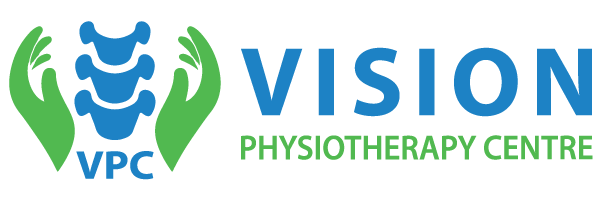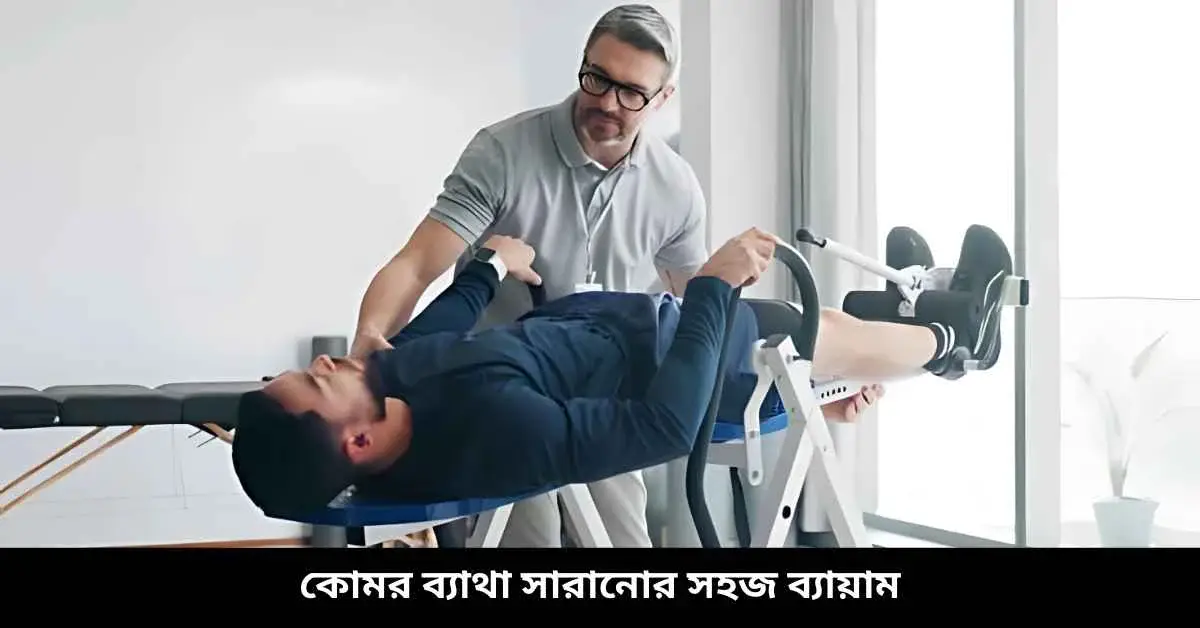Back pain is a common ailment that affects millions of people worldwide. It can range from mild discomfort to debilitating pain, impacting daily activities and overall quality of life. Understanding the causes of back pain is essential in finding effective ways to prevent and manage this condition. In this article, we will explore the various factors that contribute to back pain and provide insights on how to alleviate and prevent it.
Understanding Back Pain
Back pain refers to any discomfort or pain experienced in the area of the back, including the upper, middle, or lower back. It can manifest as a dull ache, sharp shooting pain, or a persistent stiffness. Back pain can be acute, lasting for a short duration, or chronic, persisting for more than three months. Acute back pain is often caused by a sudden injury or strain, while chronic back pain can result from various underlying conditions.
Common Causes of Back Pain
Poor Posture
Poor posture is a significant contributor to back pain. Slouching or hunching over for extended periods puts excessive strain on the back muscles and ligaments. Over time, this can lead to muscle imbalances and pain in the back.
Muscle Strain
Muscle strain is another common cause of back pain. It occurs when the muscles in the back are stretched or torn due to improper lifting techniques, sudden movements, or overexertion. Activities such as lifting heavy objects without proper form can strain the muscles and result in pain.
Herniated Disc
A herniated disc occurs when the soft inner portion of a spinal disc protrudes through a crack in the outer layer. This can irritate nearby nerves and cause back pain. Factors such as aging, injury, or repetitive stress can contribute to the development of herniated discs.
Arthritis
Arthritis is a condition characterized by inflammation of the joints. In the spine, arthritis can cause the breakdown of cartilage between the vertebrae, leading to pain and stiffness. Osteoarthritis and rheumatoid arthritis are two common types that can affect the back.
Osteoporosis
Osteoporosis is a condition characterized by low bone density and increased risk of fractures. When the bones in the spine become weak and brittle, they are more prone to compression fractures, resulting in back pain.
Spinal Stenosis
Spinal stenosis refers to the narrowing of the spinal canal, which puts pressure on the spinal cord and nerves. This condition can cause back pain, along with other symptoms such as leg pain or numbness. Spinal stenosis is commonly associated with aging and degenerative changes in the spine.
Injuries and Accidents
Injuries and accidents, such as falls, car accidents, or sports-related incidents, can cause significant trauma to the back. Fractures, sprains, or strains resulting from these events can lead to acute or chronic back pain.
Lifestyle Factors
Certain lifestyle factors can contribute to back pain. These include being overweight or obese, leading a sedentary lifestyle, smoking, and stress. Excess weight can strain the back, while a lack of physical activity weakens the supporting muscles. Smoking and stress can also affect blood flow and increase muscle tension, exacerbating back pain.
Prevention and Treatment
Maintaining Good Posture
Practicing good posture is crucial in preventing back pain. It involves sitting and standing with the spine aligned and supported. Regularly adjusting the workspace ergonomics, using supportive chairs, and avoiding prolonged periods of sitting or standing can significantly reduce the risk of back pain.
Regular Exercise
Engaging in regular exercise helps strengthen the back muscles and improves flexibility. Exercises such as walking, swimming, or yoga can be beneficial in preventing back pain. It is essential to consult with a healthcare professional or a certified trainer to determine the most suitable exercises for individual needs.
Healthy Weight Management
Maintaining a healthy weight is vital for overall spine health. Excess weight puts strain on the back and can lead to chronic pain. A balanced diet and regular exercise can help achieve and maintain a healthy weight, reducing the risk of back pain.
Ergonomic Practices
Employing ergonomic practices in daily activities can alleviate back pain. This includes using supportive mattresses and pillows for sleep, using proper lifting techniques, and ensuring the workspace is ergonomically designed to promote good posture.
Seeking Medical Advice
If back pain persists or worsens, it is advisable to seek medical advice. A healthcare professional can assess the individual’s condition, perform diagnostic tests, and recommend appropriate treatment options. These may include physical therapy, medication, or, in severe cases, surgical interventions.
When to Seek Medical Assistance for Back Pain
Back pain is a common ailment that can affect people of all ages and backgrounds. While many instances of back pain can be resolved with rest and self-care, there are situations where seeking medical assistance becomes necessary. This article aims to guide you on when it is appropriate to consult a healthcare professional for your back pain concerns. By understanding the red flags and appropriate timelines for seeking medical help, you can ensure timely and effective treatment, promoting your overall well-being.
Persistent or Intense Pain
If you experience persistent or intense back pain that lasts for more than a few days, it is essential to consult a medical professional. Chronic back pain can be indicative of underlying conditions such as herniated discs, spinal stenosis, or arthritis. A healthcare provider can conduct a thorough evaluation, review your medical history, and recommend appropriate diagnostic tests to identify the root cause of your pain accurately.
Pain After an Injury or Accident
If you’ve recently been involved in an accident or experienced an injury that resulted in back pain, seeking immediate medical attention is crucial. Traumatic incidents can lead to fractures, muscle sprains, or other serious spinal injuries. A healthcare professional can perform a comprehensive examination, order imaging tests if necessary, and prescribe suitable treatment options based on the severity of your condition.
Numbness or Tingling Sensations
The presence of numbness or tingling sensations in your back, legs, or feet may indicate a nerve-related issue. Conditions such as sciatica or a pinched nerve can cause these symptoms. Ignoring these signs may lead to further complications, affecting your mobility and overall quality of life. By consulting a healthcare provider, you can receive a proper diagnosis and explore appropriate treatment methods to alleviate the discomfort.
Bowel or Bladder Problems
If you experience difficulties with bowel or bladder control alongside back pain, it could indicate a more severe underlying issue. Conditions like cauda equina syndrome, a rare but serious condition affecting the nerves at the end of the spinal cord, can present with these symptoms. Prompt medical evaluation is crucial to prevent long-term damage and ensure timely intervention if such conditions are diagnosed.
Pain accompanied by Fever or Weight Loss
If you notice back pain accompanied by an unexplained fever or unintentional weight loss, it is advisable to seek medical assistance promptly. These additional symptoms could indicate an infection or an underlying systemic condition that requires immediate attention. A healthcare professional will conduct a comprehensive assessment, order relevant tests, and provide appropriate treatment to address the underlying cause.
While mild back pain can often be managed with self-care measures, it is important to recognize the warning signs that warrant medical assistance. Seeking timely help for persistent pain, pain after an injury, numbness or tingling sensations, bowel or bladder problems, and pain accompanied by fever or weight loss can help identify and address underlying issues effectively. Remember, your back health plays a significant role in your overall well-being, so prioritize seeking medical assistance when needed to ensure a healthy and pain-free life.
Disclaimer: This article is for informational purposes only and should not replace professional medical advice. Always consult a healthcare professional for personalized guidance and treatment options.
Back pain can significantly impact one’s quality of life, but understanding its causes and implementing preventive measures can help alleviate and manage the condition effectively. By maintaining good posture, exercising regularly, managing weight, adopting ergonomic practices, and seeking medical advice when needed, individuals can reduce the risk of back pain and promote overall spine health.
FAQs
How long does it take for back pain to improve?
The duration for back pain improvement varies depending on the cause and individual factors. Acute back pain may resolve within a few days to a few weeks with proper rest and self-care measures. Chronic back pain may require a more comprehensive treatment plan and may take longer to improve.
Can back pain be a sign of a serious condition?
In some cases, back pain can be a symptom of a more serious underlying condition, such as a herniated disc or spinal stenosis. It is essential to consult with a healthcare professional if the back pain is severe, persistent, or accompanied by other concerning symptoms.
Is exercise recommended for back pain?
Yes, exercise is often recommended for back pain, especially activities that strengthen the back muscles and improve flexibility. However, it is crucial to consult with a healthcare professional to determine the most suitable exercises based on the individual's condition.
Can lifting heavy objects cause back pain?
Lifting heavy objects with improper form or technique can strain the back muscles and result in pain. It is important to use proper lifting techniques, such as bending the knees and lifting with the legs, to reduce the risk of back injuries.
Written by.
Dr. Saiful Islam, PT
BPTh (DU), MPTh (Orthopedics) – NIPS, India
PG Certificate in Acupuncture, India
Specially trained in Ozone Therapy, USA and Ozone Forum, India.
Physiotherapy Consultant, Vision Physiotherapy Center.
To consult: 01760-636324 , 01932-797229 (9:00 AM to 9:00 PM) and make an appointment.
Our Facebook page: Vision Physiotherapy Center




